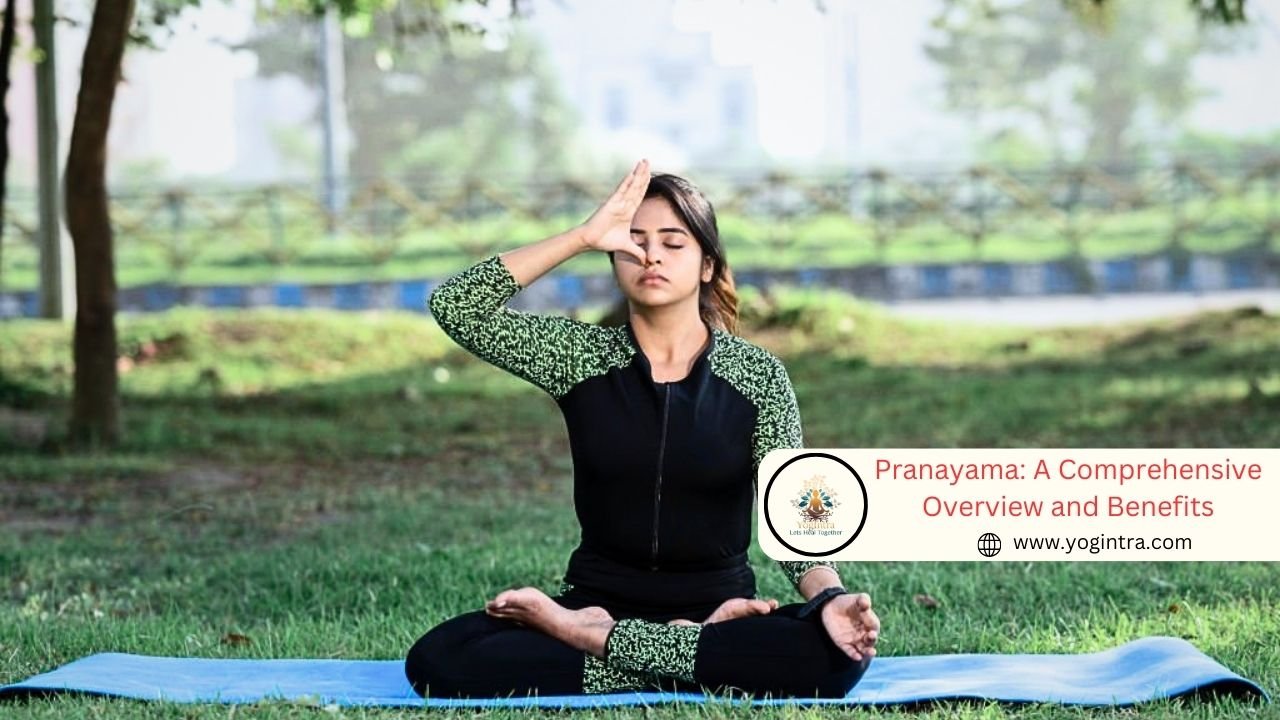Integrating Pranayama into your yoga routine deepens asana practice by linking breath to movement. Beyond the mat, it cultivates mindfulness, helping you respond calmly to life’s challenges. For YogIntra practitioners, this ancient tool can elevate your journey from physical exercise to holistic well-being.
Introduction to Pranayama
Pranayama, derived from Sanskrit ("prana" meaning life force, "ayama" meaning extension or control), is a foundational practice in yoga focused on breath regulation. Originating from ancient Indian texts like the Yoga Sutras of Patanjali, it is considered the fourth limb of Ashtanga Yoga. Pranayama techniques aim to control and expand vital energy, enhancing physical, mental, and spiritual well-being by harmonizing the flow of prana (life force) through energy channels (nadis).
Key Techniques
1. Anulom Vilom (Alternate Nostril Breathing)
- Method: Inhale through one nostril, exhale through the opposite, using fingers to alternate.
- Purpose: Balances hemispheres of the brain, promoting mental clarity and calmness.
2. Kapalabhati (Skull Shining Breath)
- Method: Rapid, forceful exhalations followed by passive inhalations.
- Purpose: Cleanses respiratory tract, energizes the body, and improves focus. Often classified as a cleansing kriya.
3. Bhramari (Bee Breath)
- Method: Inhale deeply, exhale while humming like a bee.
- Purpose: Reduces stress and anxiety by calming the nervous system.
4. Ujjayi (Ocean Breath)
- Method: Constrict the throat to create a whispering sound during breath.
- Purpose: Enhances mindfulness and regulates body temperature during yoga practice.
5. Sheetali/Sitkari (Cooling Breaths)
- Method: Inhale through a rolled tongue (Sheetali) or clenched teeth (Sitkari), exhale through nose.
- Purpose: Cools the body and soothes the mind.
Benefits of Pranayama
Physical Benefits
- Respiratory Health: Enhances lung capacity and efficiency through diaphragmatic breathing, beneficial for asthma and COPD.
- Cardiovascular Improvement: Lowers blood pressure and heart rate via vagal stimulation, improving heart rate variability.
- Nervous System Regulation: Activates the parasympathetic system, reducing stress hormones like cortisol.
Mental/Emotional Benefits
- Stress Reduction: Techniques like Bhramari decrease amygdala activity, alleviating anxiety.
- Cognitive Enhancement: Anulom Vilom improves focus and decision-making by balancing brain hemispheres.
- Emotional Stability: Regular practice fosters resilience and mood regulation through mindful breathing.
Spiritual Benefits
- Energy Balance: Clears nadis (energy channels), preparing the body for meditation and Kundalini awakening.
- Meditative Aid: Ujjayi breath anchors attention, deepening meditative states.
Scientific Backing
Studies validate pranayama's efficacy:
- A 2013 International Journal of Yoga study noted improved pulmonary function in asthma patients.
- Research in Evidence-Based Complementary and Alternative Medicine (2018) highlighted reduced anxiety and enhanced HRV (Heart Rate Variability).
- NIH studies link slow breathing to increased vagal tone, aiding autonomic balance.
Precautions
- Avoid Kapalabhati and Bhastrika during pregnancy, or with hypertension/heart conditions.
- Those with respiratory infections should practice gentle techniques.
- Consult a healthcare provider for chronic conditions.
Conclusion
Pranayama bridges voluntary and involuntary bodily functions, offering a tool for holistic health. Incorporating techniques like Anulom Vilom or Bhramari into daily routines can enhance well-being, supported by both tradition and science. Tailor practices to individual needs, respecting contraindications to safely harness the transformative power of breath.
